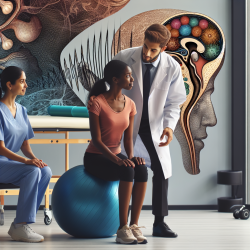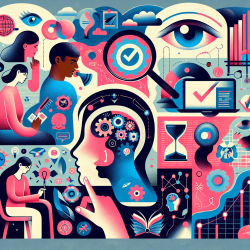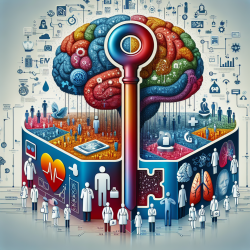Introduction
Ménière’s Disease (MD) is a complex inner ear disorder that significantly impacts the quality of life due to symptoms like hearing loss, tinnitus, and vertigo. Recent research highlights balance problems as a critical yet often overlooked aspect of MD. Understanding these balance challenges is essential for practitioners aiming to improve patient outcomes through targeted rehabilitation strategies.
Understanding Balance Problems in Ménière’s Disease
The study titled "Characterization of Balance Problems and Rehabilitation Needs of Patients with Ménière’s Disease" provides a comprehensive analysis of balance issues in MD. Among 539 participants, balance problems were reported by 44%, surpassing even vertigo in prevalence. These issues include:
- Tripping: The most common problem, affecting 34% of participants, significantly reducing quality of life.
- Swaying: Experienced by 25%, it has a limited impact on quality of life but indicates a maladaptation of vestibular function.
- Rocking: Less common (10%) but causes a significant impact on quality of life, suggesting a need for targeted interventions.
Implications for Rehabilitation
The research underscores the importance of individualized rehabilitation programs. Different types of balance problems require distinct strategies:
- Tripping: Rehabilitation should focus on exercises for gaze stabilization, dynamic visual acuity, and postural stability.
- Swaying: Optokinetic stimulation with head tilting may help, as it addresses the maladaptation of the vestibulo-ocular reflex (VOR).
- Rocking: Proprioceptive training and meditation could enhance neural network growth, improving postural control.
Encouraging Further Research
This study opens avenues for further research into the specific mechanisms of balance problems in MD. Practitioners are encouraged to delve deeper into understanding the interplay between vestibular, visual, and proprioceptive systems to refine rehabilitation techniques.
Conclusion
By recognizing the distinct balance issues in Ménière’s Disease, practitioners can tailor rehabilitation programs to meet individual needs, ultimately enhancing patient outcomes. The study serves as a reminder of the power of data-driven approaches in clinical practice.
To read the original research paper, please follow this link: Characterization of Balance Problems and Rehabilitation Needs of Patients with Ménière’s Disease.










